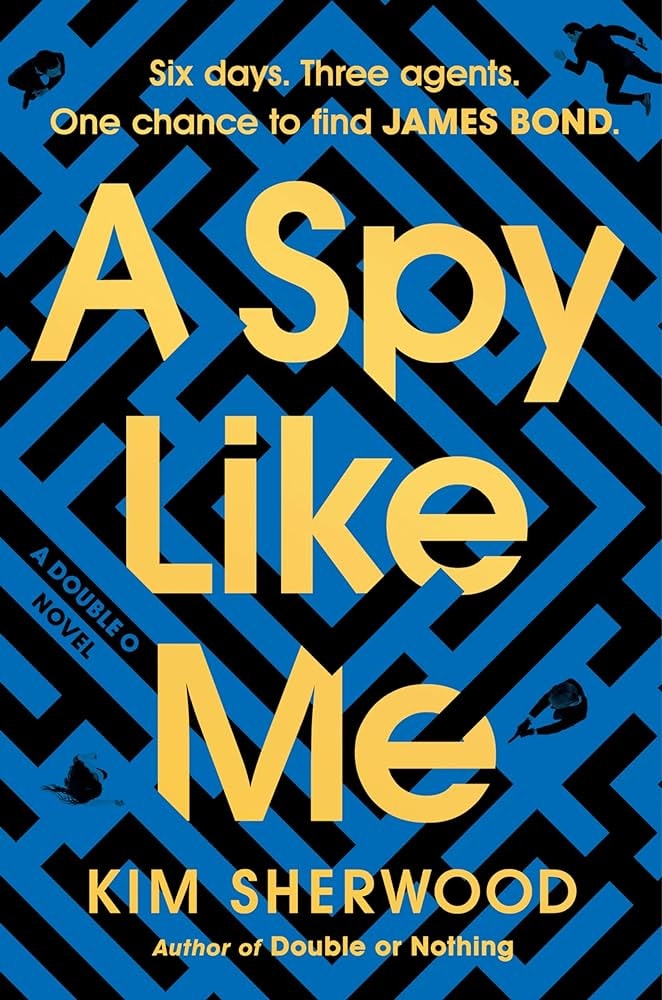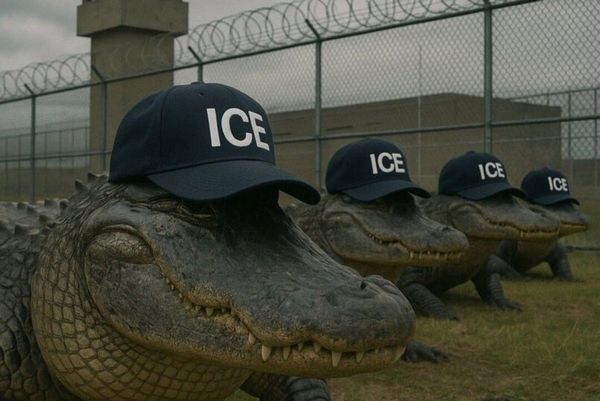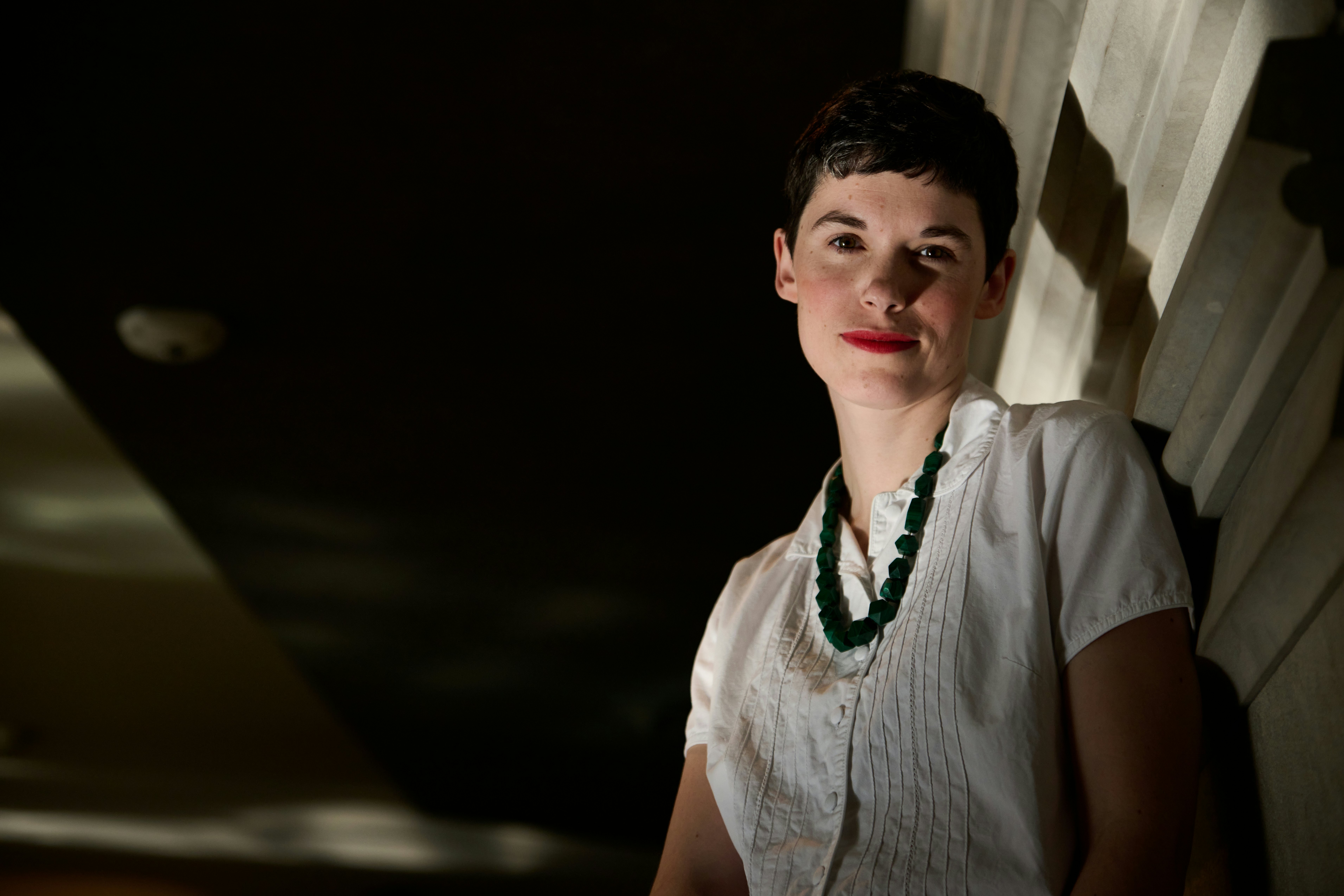
As blockbuster franchises go, the exploits of libertine MI6 agent James Bond, 007, are utterly singular. Originally a series of novels and short stories written by Ian Fleming and published from 1953 to 1966, Bond has become one of the most successful, scrappy, and fiercely independent media franchises in history. Seventy-two years after the publication of Casino Royale, an old-school spy whose initial enemy was communism is somehow not only still relevant but a paradoxically durable character.
From speculation about the next Bond to actors reminiscing about their time in the franchise, to musicians, like Lana Del Rey, who recently dished on a song she originally wrote for a Bond film that was never meant to be, to back-to-back Bond-adjacent Henry Cavill movies (Argylle and The League of Ungentlemanly Warfare), James Bond manages to make headlines even when he doesn’t have a new movie out. But if you’re looking for some official stories from the world of 007, there’s another not-so-secret project you might have missed. An entirely new 21st-century canon of Bond has been created in the past two years, fully authorized in cooperation with Ian Fleming’s estate. But these adventures aren’t on our screens. Yet.

Written by Kim Sherwood, the novels Double or Nothing (March 2023) and A Spy Like Me (April 2024), tell a new kind of James Bond story, one that utterly reboots the canon of character and smarty, focuses on various new Double O agents. In doing so, Sherwood pulls off a radical pivot for the Bond franchise.
“What I'm doing I think is a structural shift where I'm turning it into an ensemble cast,” Sherwood tells Inverse. “Fleming was writing in this very traditional quest narrative structure where Bond was a kind of medieval knight. He’s given a mission and he sets out from the castle. He's always on his own. But he’s part of a Double O section. He’s inherently part of a wider world.”
Tackling the wider world of 007 seems like something that should have already happened. And to some extent, it has. There were The Moneypenny Diaries in 2005, as well as a 2017 comic book miniseries about Bond’s CIA ally, Felix Leiter. But none of these spinoffs are quite as extensive or reboot-y as Sherwood’s Double O series.
“Growing up, I loved things like comic books or Star Trek, which lean into this idea of the extended universe and really big ensemble casts,” Sherwood says. “Those casts can be 25 characters deep, and every single one of them can carry the show. So that's what I've grown up loving and being inspired by. That’s the direction that I've taken this expansion of Bond.”
Both of Sherwood’s “Double O” novels are masterclasses in world-building. The Double O section is now headed by Moneypenny, who, in this version of the timeline, rose through the ranks with Bond. A male version of M still oversees the Secret Service in general, but he’s a kindly grandfather figure who Sherwood says she modeled on Patrick Stewart. Meanwhile, the gadget expert “Q” (most recently played by Ben Whishaw in the films) is essentially an AI in this version, a quantum computer that assists MI6 with various intelligence gathering and tech problems.
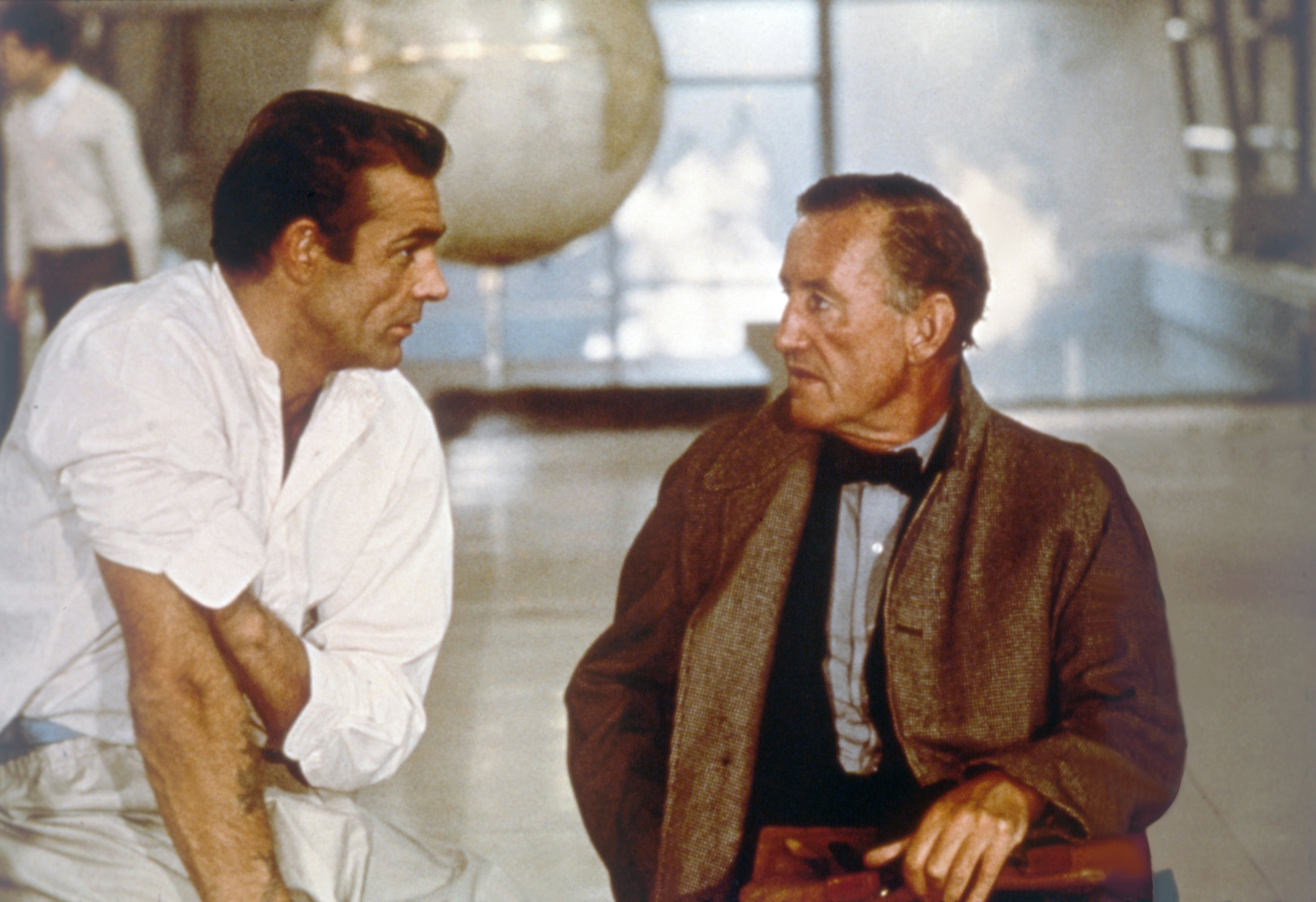
But the stars of these stories are clearly Sherwood’s new crop of agents: Sid Bashir (009), Joseph Dryden (004), Johanna Hardwood (003), and Conrad Harthrop-Vane (000). James Bond (007) is missing and presumed dead at the start of the first book. The search to find him occupies a good portion of both novels, and the cliffhanger of A Spy Like Me promises that James Bond will certainly return in the trilogy’s conclusion.
Notably, among these new agents, only Harthrop-Vane is a straight white male. Sid Bashir has Indian ancestry (“I imagine Dev Patel playing him,” Sherwood says), Joseph Dryden is a gay Black man, and Johanna Harwood is a woman, named after the real Johanna Harwood, a screenwriter who co-wrote the movie versions of the first two James Bond movies ever. Sherwood is cautious as to whether or not any of her new agents are the true main characters of her novels, mostly because that wasn’t the goal.
“People have asked me if there could be a standalone Harwood (003) novel, one that kind of gets back to the traditional structure, just one person on a mission,” she says. “I don’t know yet. I have to finish this trilogy first.”
Without getting into spoilers, the structure of the Double-O series is revolutionary for the Bond franchise in general. The lead secret agent characters are really putting their lives on the line, and not everybody is going to make it out of every book. While 007 himself didn’t survive the last Daniel Craig movie, the peril that 003, 004, and 000 face in A Spy Like Me doesn’t feel fake or put on. We know, thanks to the events of the first book, that nobody is safe. And in some ways, this includes Bond, too.
While Bond doesn’t exist in the present tense of most of these novels, he does exist in brief flashbacks throughout them. Cleverly, this character retains the biography of the Bond of the Fleming books, albeit transported to the 21st Century. Events from novels and short stories are referenced in new ways, including a moment when Harwood reflects that the phrase “a quantum of solace” was one she learned from Bond. And in terms of larger plot details, a new freelance sniper character called “Trigger” is a retconned version of the same sniper from the short story “The Living Daylights.” Rounding out all the legacy characters from the books and films, Sherwood also brings in Tiger Tanaka of the Japanese secret service from You Only Live Twice, and, perhaps most surprisingly, James Bond’s father-in-law, Marc-Ange Draco. This bit of Bond canon comes from On Her Majesty’s Secret Service, in which Bond married Tracy Draco, only to lose her to bullets fired by the biggest Bond villain of all — Blofeld.
A Spy Like Me bringing back Bond’s father-in-law — but only mentioning Blofeld in passing — is one of the best microcosms for what makes this series so compelling. The cameos are cool, but this isn’t just fan service. Draco’s presence in the novel raises the literal stakes, but also, the emotional stakes, too.
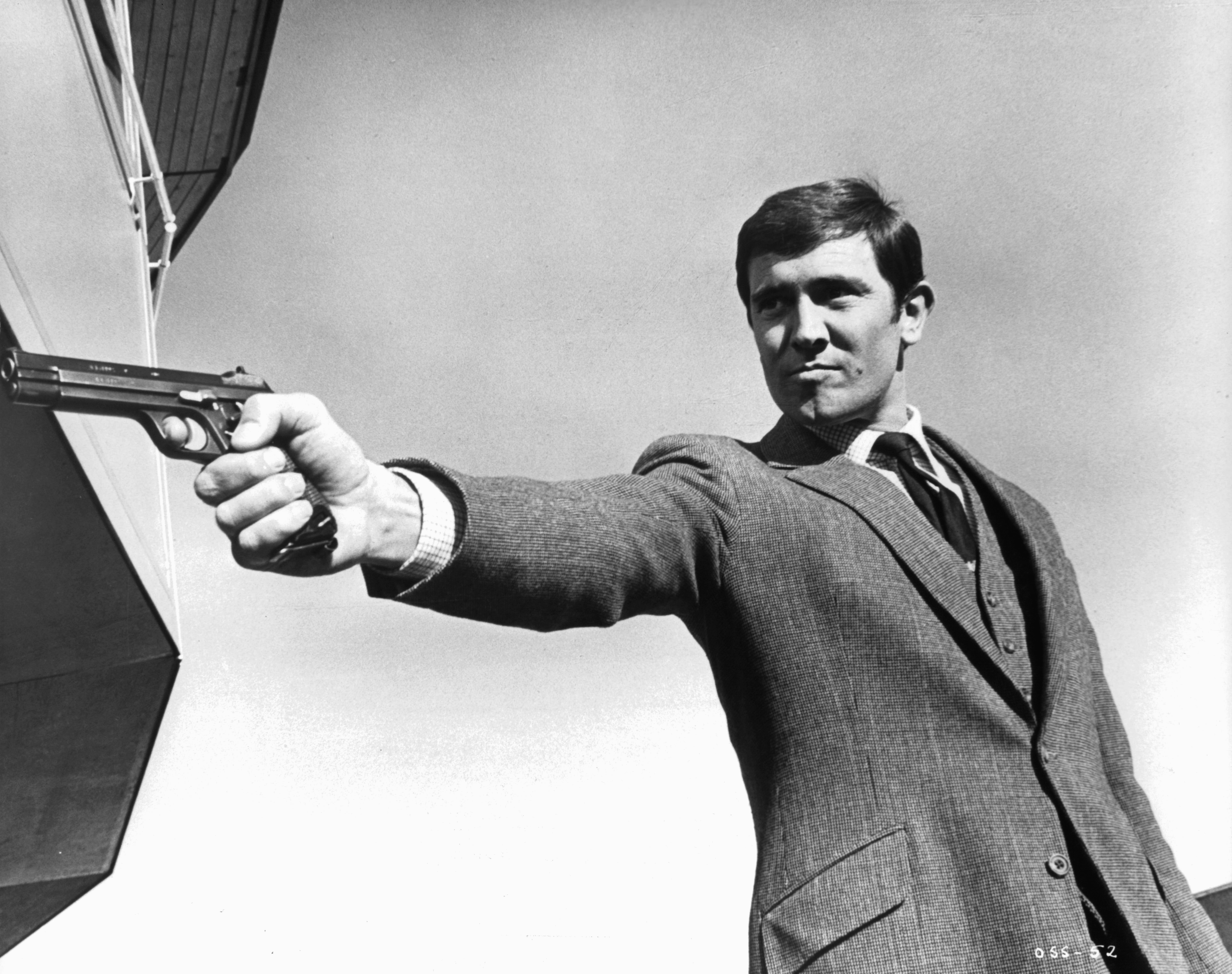
“Because [George] Lazenby’s only Bond once, getting married and then losing his wife is almost in parentheses in the Bond franchise,” Sherwood says. “Every now and again, it gets integrated. Roger Moore will mention it, or [Timothy] Dalton will mention it. But that was something I wanted to pick up on in A Spy Like Me because I find it really beautiful how Fleming has these echoes of grief through the later novels. And I wanted to unpack that further but focus on Draco's character. What's it like for him that he's really manifested this marriage, and then a few hours after the ceremony, he loses his daughter she's his only daughter and he is already widowed. How would he see Bond?”
The question of how certain characters see Bond, and think about Bond is central to both Double or Nothing and A Spy Like Me. But who do we picture when we think of James Bond? As casting rumors swirl, and the future of Bond on screen is in question, what is the de facto image of the legendary spy?
“My favorite Bond is Pierce Brosnan. That was the Bond I grew up with,” Sherwood says. “And then, of course, Connery is iconic, and whenever I picture Bond walking, this is so specific, but I picture Sean Connery's very panther-like stalk across the screen. And then, Daniel. Craig has that muscularity and brooding intensity. But the visual I actually have most often is the visual from the Pan paperback painted covers. Bond has a sort of painterly face, the way Fleming always described Bond having a fringe that is like a black comma falling down over his eyes. The paintings always have that. When I write, I picture those Pan paperback paintings because those were the first editions of Bond that I ever bought. I love the pulpiness of them, and how interactive they are. I loved them as novels, but I loved them as objects, too.”
In the pages of A Spy Like Me, Sherwood describes Bond’s coiffure the way Fleming did — “the comma of his hair, always falling out place, is upside down, contorted into a question mark” — bringing those pulpy paintings to life. But for countless millions, Bond is still a movie character, someone brought to life by an actor. What Sherwood’s books suggest, however, is that perhaps we don’t need to have just one James Bond on screen in the future. Perhaps there could be several.
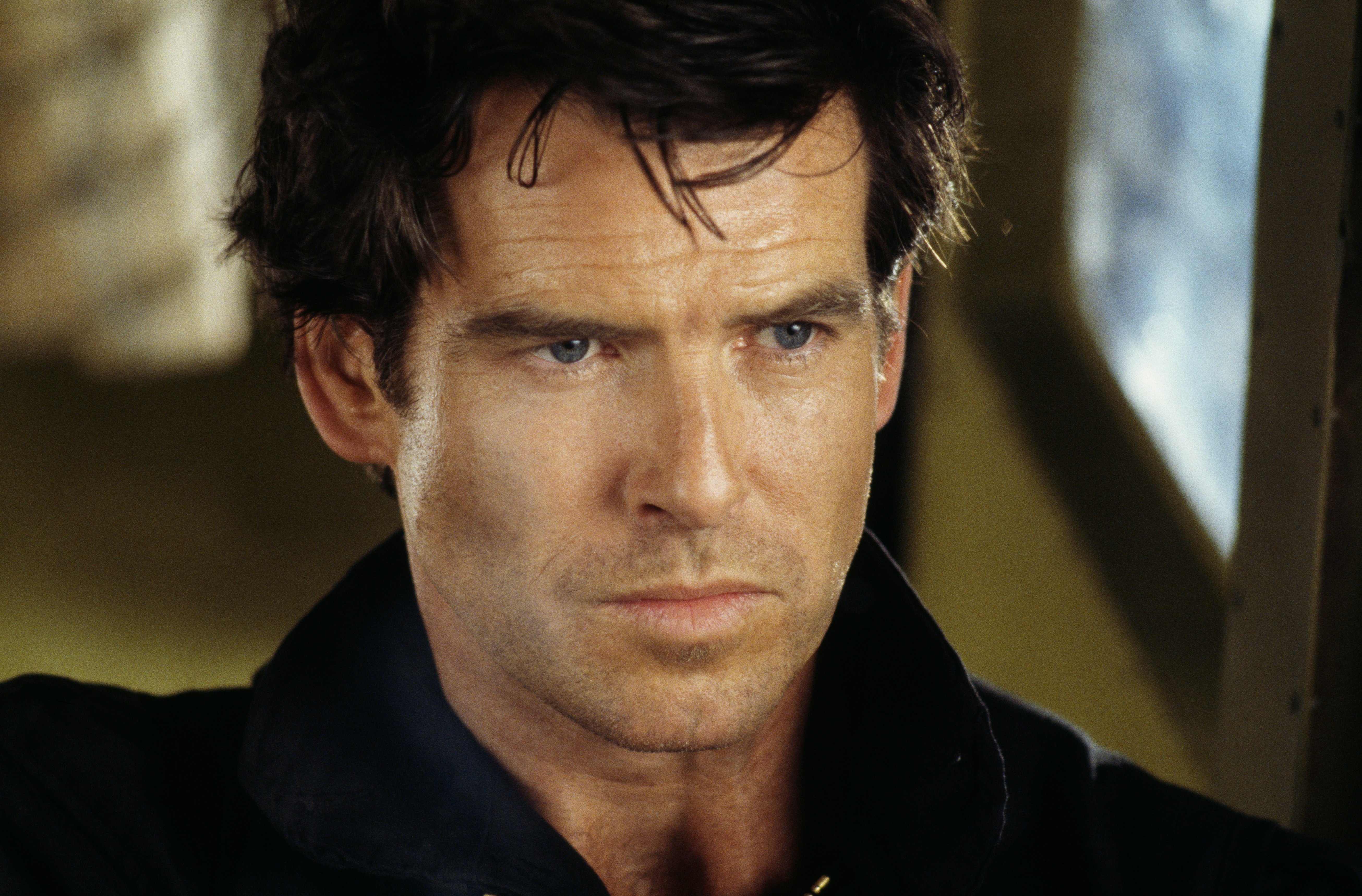
“I think one of the things the Broccolis [the family that owns and produces the 007 movie franchise] have done brilliantly with the films is keeping it so purist. They haven't diluted it, it's just the one actor that's just the one take on the character,” Sherwood says. “So, sure, that's probably part of the success. But for me, it's really fun to be able to say Bond can still be Bond, but I can bring in these new main characters who hopefully kind of widen out the world and bring more people into it.”
While the film rights and book rights to Bond are somewhat separated, Sherwood does agree that the set-up for the Double O series could be adapted for TV.
“It could easily lend itself to the idea of an anthology show or the idea of having multiple protagonists, multiple takes,” she says. “James Bond, in some ways, is set up as a blank screen. Fleming talks about him as a blank screen, and if we take that as a metaphor for film as well, we can project all of the desires onto that blank screen that we want.”
A Spy Like Me and Double Or Nothing are out now from William Morrow/HarperCollins.
A Spy Like Me
